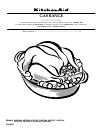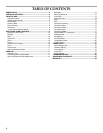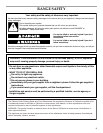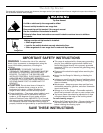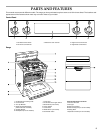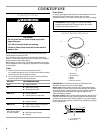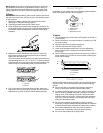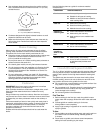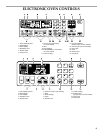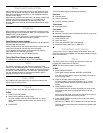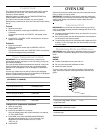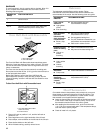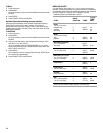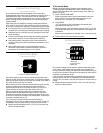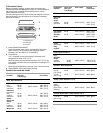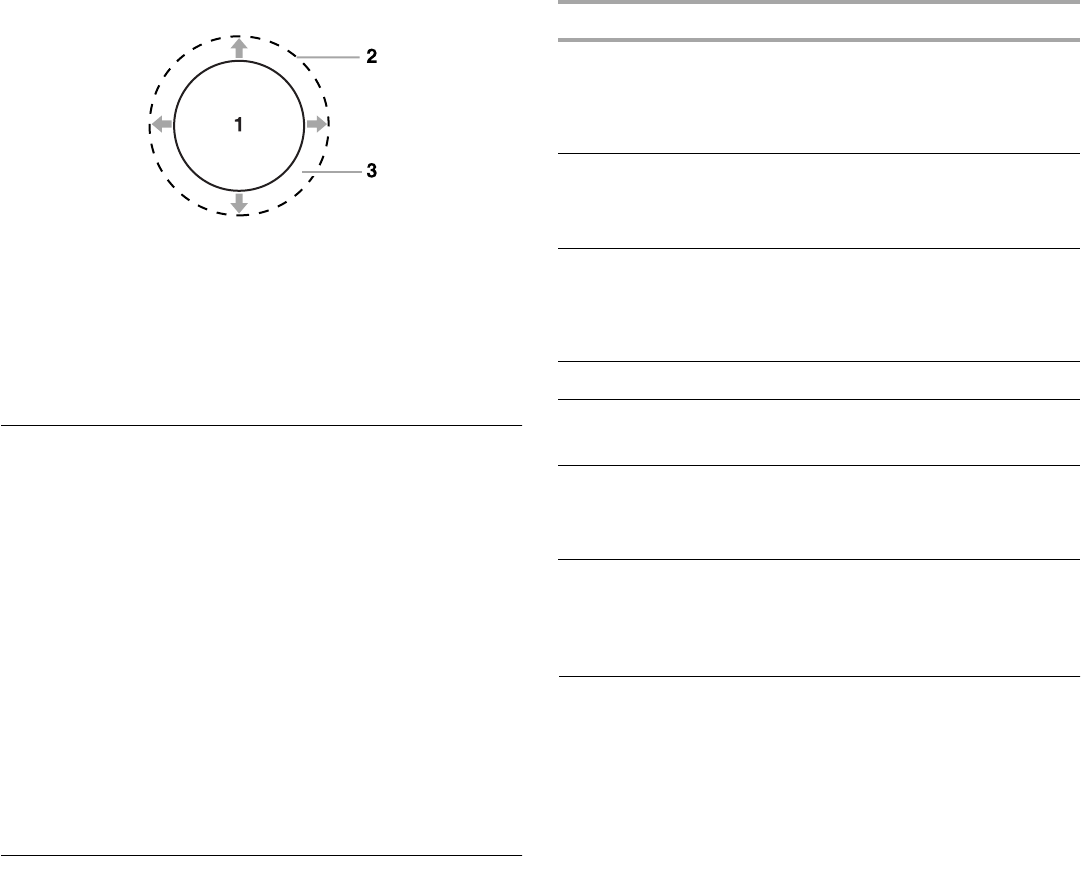
8
■ Use cookware about the same size as the surface cooking
area. Cookware should not extend more than 1 in. (2.5 cm)
outside the area.
■ Cookware designed with slightly indented bottoms or small
expansion channels can be used.
■ Make sure the bottoms of pots and pans are clean and dry
before using them. Residue and water can leave deposits
when heated.
Home Canning
When canning for long periods, alternate the use of surface
cooking areas, elements or surface burners between batches.
This allows time for the most recently used areas to cool.
■ Center the canner on the grate or largest surface cooking area
or element. Canners should not extend more than 1 in.
(2.5 cm) outside the cooking area.
■ Do not place canner on 2 surface cooking areas, elements or
surface burners at the same time.
■ On ceramic glass models, use only flat-bottomed canners.
■ On coil element models, the installation of a Canning Unit Kit
is recommended. If a kit is not installed, the life of the coil
element will be shortened. See “Assistance or Service” for
ordering instructions.
■ For more information, contact your local U.S. Government
Agricultural Department Extension Office. In Canada, contact
Agriculture Canada. Companies that manufacture home
canning products can also offer assistance.
Cookware
IMPORTANT: Never leave empty cookware on a hot surface
cooking area, element or surface burner.
Ideal cookware should have a flat bottom, straight sides, a well-
fitting lid and the material should be of medium-to-heavy
thickness.
Rough finishes may scratch the cooktop. Aluminum and copper
may be used as a core or base in cookware. However, when used
as a base they can leave permanent marks on the cooktop or
grates.
Cookware material is a factor in how quickly and evenly heat is
transferred, which affects cooking results. A nonstick finish has
the same characteristics as its base material. For example,
aluminum cookware with a nonstick finish will take on the
properties of aluminum.
Griddles with nonstick surfaces should not be used under the
broiler.
Use the following chart as a guide for cookware material
characteristics.
11-inch (28 cm) Square Griddle
The 11 in. (28 cm) griddle is a square pan with extra low sides and
one long handle. It has an uncoated hard-anodized interior and
exterior, and is perfect for the high heat needed for searing and
grilling.
The griddle may also be used in the oven when broiling. When
finished cooking, use an oven mitt to slide oven rack out to the
stop position and remove the griddle from the oven.
■ Do not use knives or metal utensils on the griddle surface. Use
only plastic or nylon cooking utensils.
■ Do not preheat on HI. Excessive heat will cause discoloration,
shorten the life of the surface, and may warp griddle and
cause damage to the cooktop.
■ Do not wash griddle in the dishwasher.
First Time Use:
1. Before cooking for the first time, wash the griddle in warm
soapy water with a sponge. Rinse with warm water and towel
dry.
2. Preheat griddle on medium setting for 5 minutes.
Allow griddle to cool completely.
3. Apply a light coating of vegetable oil or nonstick cooking
spray to griddle.
To Use:
1. Place griddle over surface cooking grate, and push in and turn
the control knob to the MED setting. Preheat griddle for
5 minutes.
2. Place foods on griddle, and choose correct temperature
setting for foods according to your recipe.
1. Surface Cooking Area
2. Cookware/Canner
3. 1 in. (2.5 cm) Maximum Overhang
COOKWARE CHARACTERISTICS
Aluminum
■ Heats quickly and evenly.
■ Suitable for all types of cooking.
■ Medium or heavy thickness is best for
most cooking tasks.
Cast iron
■ Heats slowly and evenly.
■ Good for browning and frying.
■ Maintains heat for slow cooking.
Ceramic or
Ceramic glass
■ Follow manufacturer’s instructions.
■ Heats slowly, but unevenly.
■ Ideal results on low to medium heat
settings.
Copper
■ Heats very quickly and evenly.
Earthenware
■ Follow manufacturer’s instructions.
■ Use on low heat settings.
Porcelain
enamel-on-
steel or cast
iron
■ See stainless steel or cast iron.
Stainless steel ■ Heats quickly, but unevenly.
■ A core or base of aluminum or copper
on stainless steel provides even
heating.



